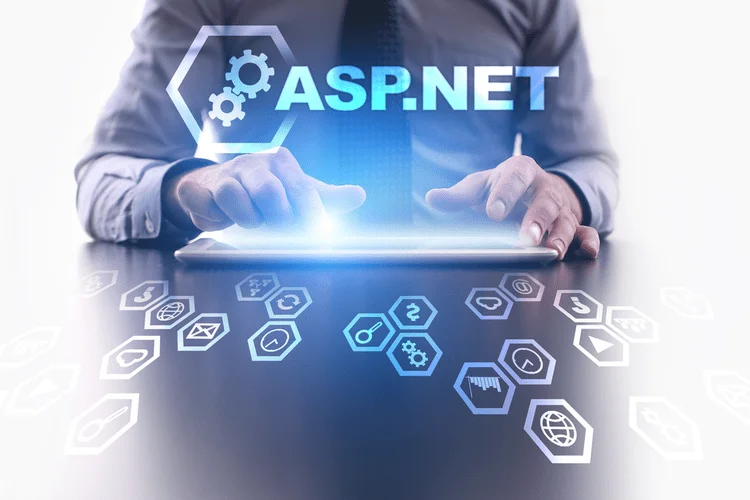You can also find the App ID and App Secret by clicking on the pencil icon next to the application name. Copy the App ID and App Secret to the clipboard. They are needed to configure the service connection for Azure Pipelines. Once you have the Azure DevOps pipeline template, you can review the YAML to understand its functionalities, and click on Save and Run whenever you are done to move to the next step.
- Source code can be added to the project’s repository, which is a central location for storing and managing the project’s code.
- Stages, jobs, and steps are the main building blocks of a Pipeline.
- We will deploy a python flask app into Azure App Service with Azure DevOps.
- After the release is executed, check the log of each task added to the Agent Job.
- Here you can manage the Project Details, Teams, Permissions, and other settings related to the Projects.
This means any changes to it can be managed via pull requests and build policies. Secret variables are encrypted, meaning you can use them in a pipeline without exposing their values. You can use secret variables for sensitive information you do not want exposed in the pipeline, such as passwords, access tokens, and IDs. Secrets are encrypted with a 2048-bit RSA key and are available to agents through tasks and scripts.
Terraform: Up and Running, 3rd Edition
Unsupported features include anchors, complex keys, and sets. Also, unlike standard YAML, Azure Pipelines depends on seeing stage, job, task, or a task shortcut like script as the first key in a mapping. This course will help you achieve continuous testing by having your end-to-end test become part of Azure pipelines. After adding up the artifact select the 0 tasks from the Stage option. It will open below window here you can search with the task name which you require.

We set up a branch trigger, to allow the linting script to run every time when a branch is updated automatically. We’ll talk about how to manage failing tests, because inevitably, we’ll have failing tests and maybe some flaky tests as well . We’ll then explore how to run tests in parallel so as to avoid end-to-end tests becoming a bottleneck in the pipeline . We’ll also learn how to extract test artifacts, such as screenshots and videos generated during test run . We’ll then write some end-to-end tests using Cypress and visual tests using Applitools Eyes .
Releases
As part of the discussion you’ll see the implementation and usage of YAML build pipelines. You will then create Azure release pipelines in DevOps and develop extensions for Azure pipelines. Finally, you will learn various strategies and patterns for developing pipelines and go through some sample lessons on building and deploying pipelines. It is https://globalcloudteam.com/ a cloud service which we can use to build and test our code project automatically and make it available for other users too. Before we use continuous integration and delivery practice for our applications, we need our source code in the version control system. An Azure DevOps build pipeline helps in building and testing code projects effectively.

Below is an image of our repo for this tutorial. You can also set up policies for your repositories, such as requiring pull requests for all changes, or requiring code reviews before changes can be merged. These policies help to maintain quality and control over code changes and ensure that code is properly reviewed and approved before it is merged into the repository. To the right-hand side of the Drop icon, select the Continuous deployment trigger. This release pipeline has an enabled CD trigger, which executes a deployment every time there is a new build artifact available. Optionally, you can disable the trigger, when your deployments require manual execution.
YAML Code Snippet of the Build Pipeline
Next, we need to install the UiPath Integration extension to your Azure DevOps organization. The UiPath Integration for Azure DevOps comes with a pack of pre-created tasks that allow you to build and deploy UiPath automation processes. Note that you must be the administrator azure devops managed services of the organization to complete this step. To do this, click on the Organization Settings link on the bottom left of the organization’s home page. In the early stages ofrobotic process automationdevelopment, many companies opt not to implement a CICD pipeline.

The Pipeline is a part of the CI/CD process where there are numerous stages. You can imagine it as a workflow in a sequential form where you run tests, build and deploy your app. The stage consists of many jobs, each job is run by an agent.
Why should we use azure pipelines?
If you never heard about pipelines or azure DeVops this tutorial is for you. Azure Repos provides a powerful tool for managing source code, helping you to keep track of changes, maintain quality, and collaborate with your team. The DevOps Starter Project simplifies the setup of an entire continuous integration and continuous delivery pipeline to Azure with Azure DevOps. You can start with existing code or use one of the provided sample applications. Then you can quickly deploy that application to various Azure services such as Virtual Machines, App Service, Azure Kubernetes Services , Azure SQL Database and Azure Service Fabric.

